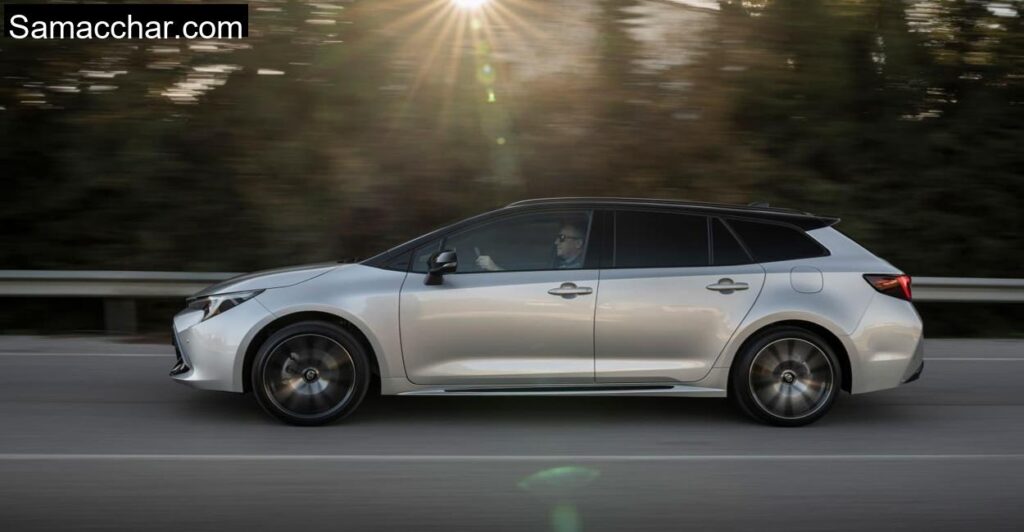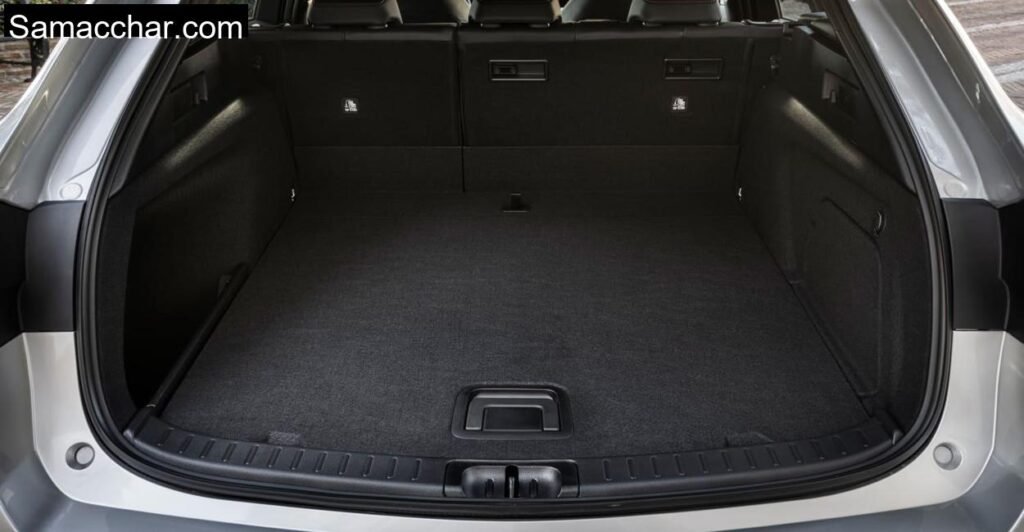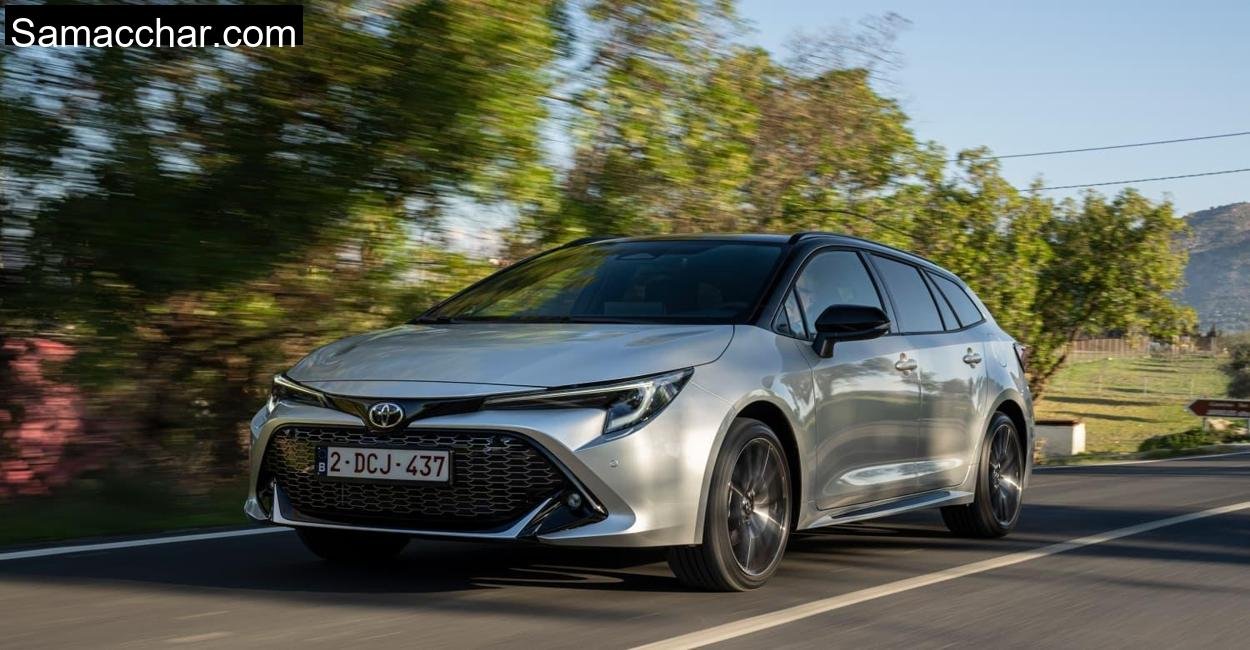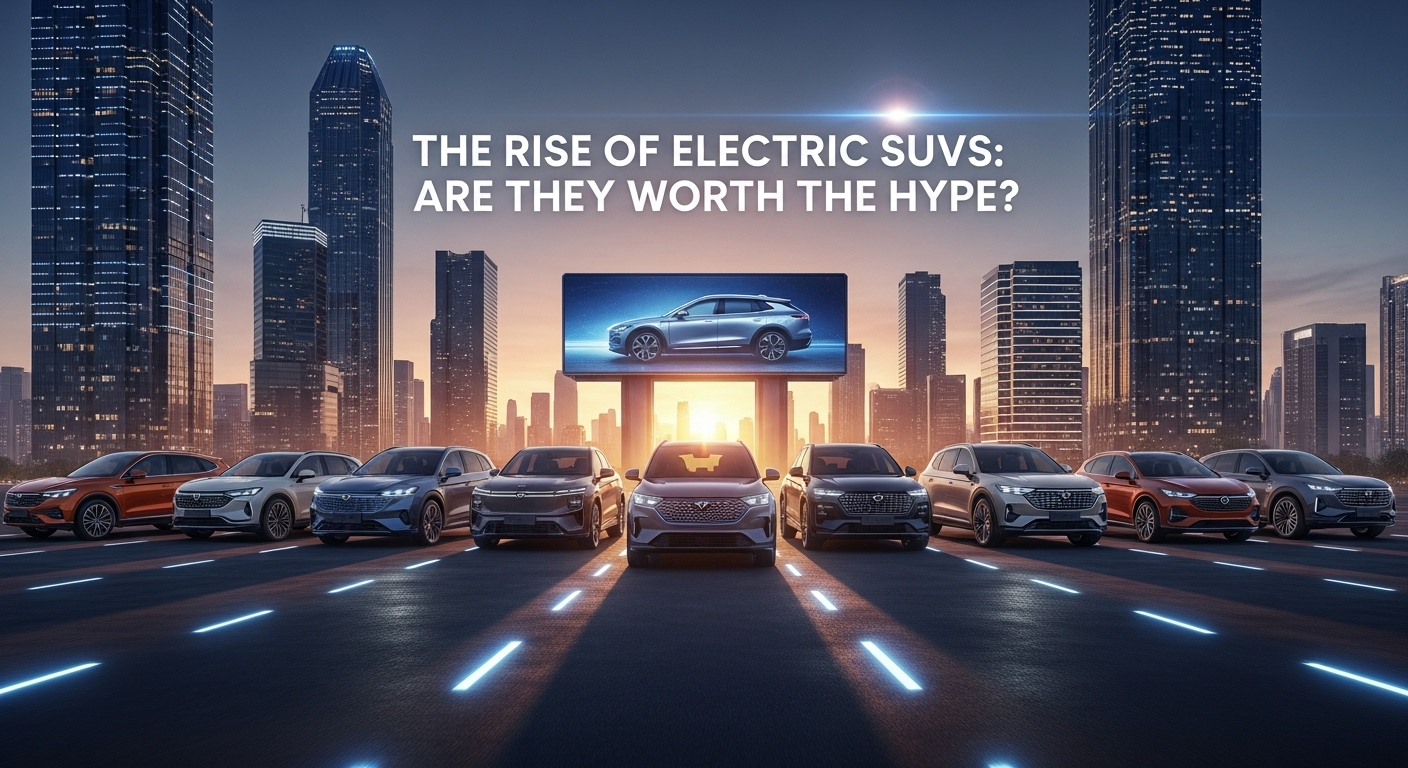Corolla 140-hp hybrid: 5.0 l test consumption
Toyota’s familiar 1.8-liter full hybrid system has been around for years, but in this iteration, it’s been boosted to 140 hp, and yes, you feel it. From the first incline of the Schwarzer Grat, it became clear this is no sluggish eco-warrior. The initial electric torque made short work of tight village corners and uphill junctions, helping the Corolla leap forward with confidence. The electric motor fills in torque gaps from the naturally aspirated engine, making low-speed transitions almost seamless.
Where this hybrid shines, though, is in its ability to glide. Downhill stretches through pine forests, where others would be tapping brakes constantly, the Corolla simply coasts, sometimes recovering energy through regenerative braking based on road gradients and traffic patterns. The system works quietly in the background, analyzing topography and speed to decide when to harvest kinetic energy. It’s impressively smart.
Fuel consumption across our real-world test? Exactly 5.0 liters of premium per 100 km, matching the ADAC lab result. That’s with two people on board, climate control running, and a mix of steep climbs, city stop-starts in Isny, and relaxed cruising through backroads. In urban sections, the car regularly dropped to 3.6 liters. You’re not driving a hybrid, you’re wearing one. The transition between electric and petrol power is often imperceptible, unless you floor it.
Only then does the CVT and its high-revving tendencies break the serenity. Push hard and the drone returns. It’s not unbearable, and it’s better than before, but if you’re used to the growl of a turbocharged unit, this high-strung hum will feel alien. Sport mode sharpens the response, but the soundtrack remains strained. The car does best when you respect its rhythm. Gentle inputs, smooth lines, and early braking deliver the best rewards.
Successful chassis, sufficient braking distance

The Schwarzer Grat didn’t go easy on the chassis. Constant elevation changes, quick transitions from asphalt to broken gravel, and sharp bends exposed any lack of precision or rigidity. Luckily, the Corolla handled it like a seasoned tourer.
Steering feel is a surprise highlight, light, yes, but progressive and accurate. The front end is eager to turn in and tracks predictably through tighter corners. There’s minimal understeer unless you overcook it, and the rear axle behaves well even when loaded. If anything, the rear feels more involved than expected, occasionally hinting at rotation under trail braking. ESP gently reins in any theatrics.
The suspension strikes a good balance between compliance and control. On uneven terrain, it absorbs sharper bumps without crashing. On smoother surfaces, it encourages confident cornering. Despite being a station wagon with a relatively long wheelbase, the Corolla doesn’t feel cumbersome. It flows.
Braking is fine. Not exciting, not inspiring, just fine. From 100 km/h, it stopped in 35.2 meters. The pedal has a hybrid-typical artificial feel due to the blending of regeneration and mechanical brakes. But it’s consistent, and that’s what matters most.
If you need space, you should take the Corolla station wagon

While the hatchback version looks sleeker, it’s the station wagon, or Touring Sports, in Toyota-speak, that really makes practical sense. That extra 28 cm of length unlocks 596 liters of trunk space with the seats up. Fold them down, and you get 1,606 liters of real, usable volume, perfect for bikes, skis, or road trip luggage.
Rear passengers benefit too. With the driver’s seat set for someone 1.85 meters tall, there was still legroom left for a 1.95-meter passenger behind. That’s a rarity in this class. Headroom is less generous in the back, if you’re over 1.85 meters, your hair might tickle the headliner. But it’s a small price to pay for the otherwise airy cabin.
The load sill is flat, the floor is level, and you get hooks, compartments, and rails to secure cargo. The Corolla doesn’t shout about its practicality, it just delivers it with quiet confidence.
Plenty of assistance systems in the Toyota Corolla
Toyota has taken its time with software, but the facelifted Corolla makes big strides. Adaptive cruise control and lane centering are standard, and they actually work, not just in ideal conditions. On our descent through tight Alpine villages, the Corolla held its line with minimal ping-ponging between lane markings.
Other highlights include a blind spot monitor, automatic high beams, and a new over-the-air update capability. The car evolves over time, like a smartphone. The optional matrix LED headlights are sharp and responsive, and the hybrid coaching system in the MyT app is surprisingly useful. After our day on the Schwarzer Grat, the app proudly reported we’d driven over 54% of the time in EV mode. That’s the beauty of a good hybrid system, it rewards good habits and gently coaches you toward better ones.
Conclusion
The Toyota Corolla Touring Sports 1.8 Hybrid may not raise your pulse, but it will lower your fuel bill, and your stress levels. It’s a car for real people living real lives: people who need space, who value comfort, who commute long distances but still want to drive something refined and efficient.
The Schwarzer Grat was no easy proving ground, yet the Corolla glided up and down its tight hairpins with composure. It’s not the most dynamic or the most luxurious compact estate out there, but it’s deeply competent. Every system works. Every feature feels considered. You don’t have to adapt to the car, it adapts to you.
In a world of bloated crossovers and over-complicated software, the Corolla station wagon still hits the sweet spot. It’s not flashy, but it is satisfying, and that matters more than ever.









